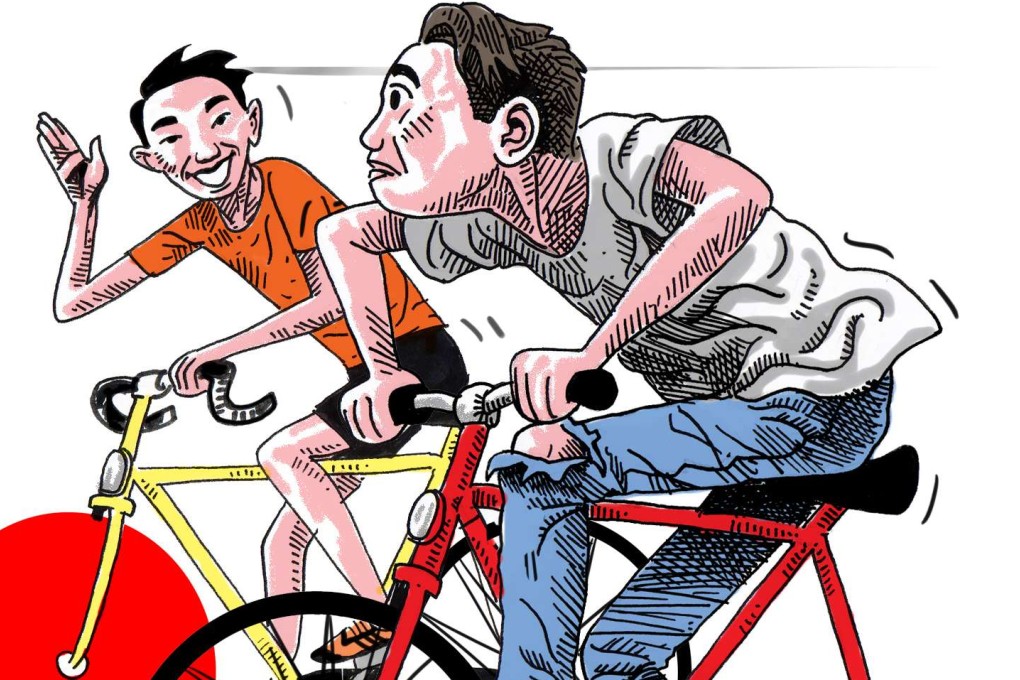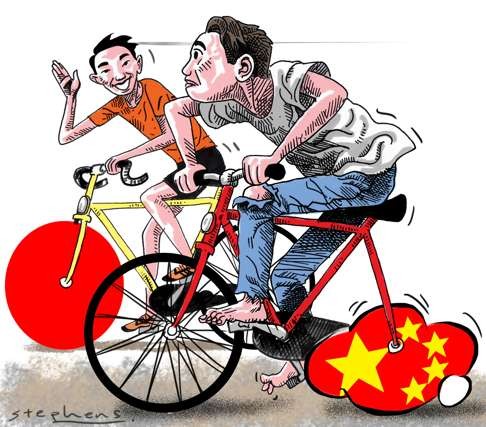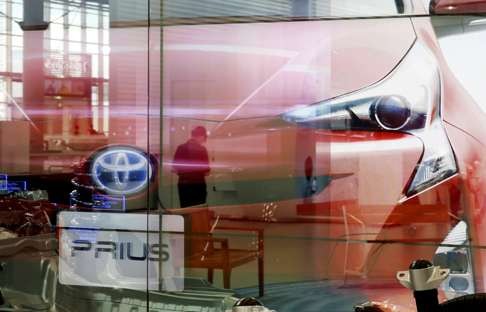China’s challenges are not the same as Japan’s – they’re worse
Robert Boxwell says despite some similarities – slowing economies, bad debts and bad demographics – today’s China and the Japan of the 1990s differ in important ways


Post-war Japanese companies competed largely on quality and had built global brands that consumers sought by the time Japan slowed. Chinese companies compete primarily on cost; the attractiveness of their products are often largely based on lower prices. And when Japan’s economy stalled, its homogeneous society was better suited, culturally and economically, to “keep pedalling”, as they said, even if they weren’t making progress into the winds of a new economic reality. The same can hardly be said for mainland China, a diverse mix of cultures, economic orthodoxies, and haves and have-nots, all not long removed from decades of civil strife. In fact, one of the biggest challenges facing China seems to be getting top leaders to agree on what to do.
Japan’s post-war recovery was driven at first by a combination of cheap exports, helped by a cheap yen, and a focus on heavy industries like energy, steel, shipbuilding and chemicals. But quality was always present. In 1950, an American, William Deming, brought his quality control expertise to Japan, where leaders adopted it wholesale and initiated a national quality award, named for him, in 1951. By the ’80s, Japan’s manufacturers were famous globally for their innovative, high-quality products. They still are.
How China can avoid a replay of Japan’s lost decades

When it comes to economic challenges, is China more like 1990 Japan than 1997 Thailand?
Take automobiles. While Detroit was tweaking the size of fins on Cadillacs, Japanese engineers were lowering production costs of vehicles that were reliable, pleasing to the senses and economical. Distribution complemented product. American consumers were delighted to learn they could buy a car without haggling and have it serviced without being cheated. Japanese autos’ US market share rose steadily, even as the yen went from 300-something to 80-something per dollar. Americans wanted their Toyotas and Hondas. They also wanted their Sonys, Panasonics and Nikons.
China Inc hasn’t quite captured Western imagination the same way
When a political backlash hit from Japan’s trade surplus, Japanese auto manufacturers moved assembly to the US, answering the complaint they were taking American jobs by making American jobs, transferring technology along the way. Businesses from all over made their way to study Japanese methods at the first plant, a 1984 Toyota-GM joint venture at a shuttered GM factory in Fremont, California. Business schools added quality to their curricula. Books flooded bookstores. President Ronald Reagan announced a national quality award in 1987, helping institutionalise a movement that swept over American business. I spent several years on the front lines of this. The benefits to American industry proved real and durable.
China Inc hasn’t quite captured Western imagination the same way. While the perception of Japanese products progressed from “cheap” to “wow!” over a couple of decades, the perception of Chinese products progressed from “cheap” to “what happened to my job?” Chinese shoppers coming home from Japan and Hong Kong laden with everything from rice cookers to baby formula puncture the perception about quality. Even basics like food safety and pharmaceuticals often don’t meet minimum standards.
Because much of China’s “miracle” came simply from mobilising a massive low-cost labour force, moving production to the West won’t help. And there’s not only no movement among US businesses to study Chinese businesses, there’s a sense that they might find their own tech, stolen, if they did. Beijing’s recent propensity towards confrontational talk won’t help either. Japan was a staunch ally through the cold war. Beijing talks like another cold war is coming.
